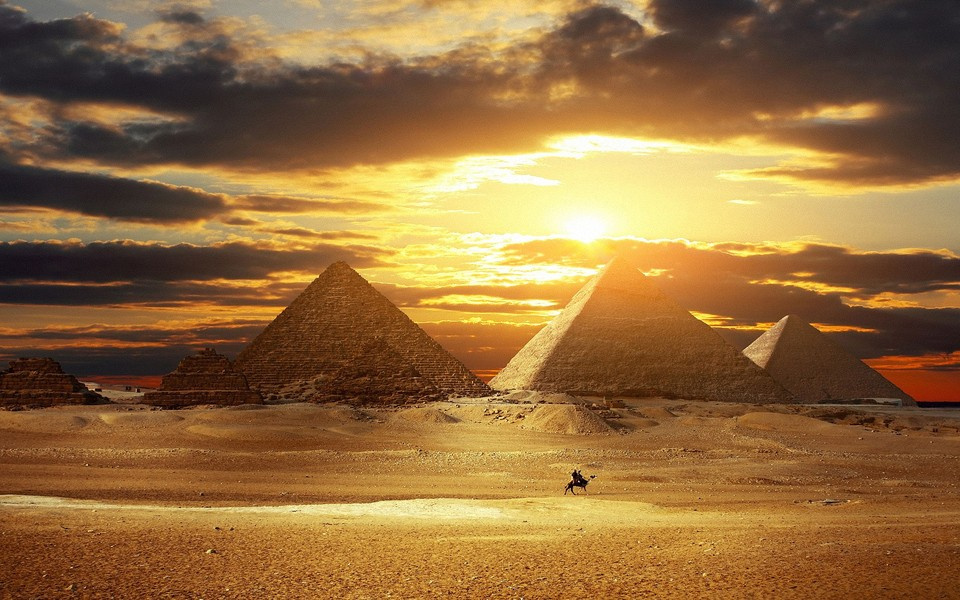Pyramids - a four and a half thousand year old puzzle

What is common between a drowned man, burnt cake and an eighth-grader pregnant?
Actually, I do the brain. His study and modeling. Someone knows me from the series of articles “The Logic of Consciousness” , someone may have read the book “The Logic of Emotions” . And I also love puzzles. Actually, any research is a permanent solution to the puzzles. There are scattered facts, it is required to find the most concise explanation that allows them to be explained and combined into a single system.
Book puzzles are different from what life throws up. A good tone of concoction of puzzles implies that all the above conditions are important for finding an answer. That is, there should be no “Mauser Papanin” situation. Dismantled, threw extra detail and look after the torment of the poor fellow who is trying to attach it to the place.
In science, and in life, everything is more complicated, you never know in advance how many puzzles you decide at the same time whether they are interconnected and whether it is possible to share facts in such a way that several independent tasks are obtained.
In practical puzzles, there is always the temptation to choose a simple, banal explanation. Select only the facts that correspond to it, and discard the remaining facts, referring to the fact that these are “details” of another puzzle. This temptation becomes especially strong when a single beautiful solution remains elusive for a long time. If the facts do not agree with theories, then so much the worse for the facts. My favorite quote is that any challenge has a simple, easy-to-understand wrong decision (Arthur Bloch).
Simple wrong decisions are very convenient. They are understandable, easily explained and, as a rule, do not require special knowledge. To be satisfied with the wrong decisions just have to learn not to notice minor contradictions. For example, adopting the formula that exceptions only prove the rule.
But the devil is in the details. For example, the concept of God perfectly explains almost everything in the world and may well serve as a universal theory of everything, if only you do not notice some annoying inconsistencies. Moreover, they can always be declared "details of another puzzle."
All this I wrote to the fact that there is a very interesting and revealing puzzle. It is replete with facts that are not so easy to bring together. This gives rise to many simple explanations, each of which explains part of the riddle as it can, ignoring everything else.
These are the great pyramids in Egypt. The most famous of their pyramids is the pyramid of Cheops. Its main mystery is not even how it was possible to build such a grand structure, but why it was built this way and what explains its complex internal architecture.
I managed to find a beautiful explanation that surprisingly connects with each other all the mysterious things that are known about the pyramid of Cheops. I do not insist that this is the ultimate truth, but this is definitely an interesting version.
Actually, if you like puzzles and detective stories, then I have prepared two videos for you. In the first, the very formulation of the riddle. The very enumeration of the facts that are required to be explained most succinctly and plausibly. After watching the first video, it is worth pausing. The riddle is really interesting. It makes sense to have fun and break your head before moving on to the answer. Surely many will have their own interesting ideas. If there is such an opportunity, then it is worth watching the first part in the company of friends. After viewing it will be interesting to arrange joint brainstorming.
In the second part I give my own version of the solution. True or not, time will tell, but a certain logic, believe me, is in it.
By the way, the common thing between a drowned man, a burnt cake and a pregnant eighth-grader is “late taken out”.
Alexey Redozubov
All Articles